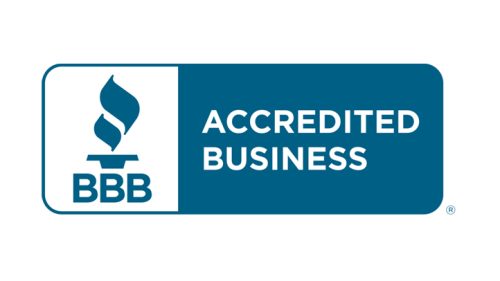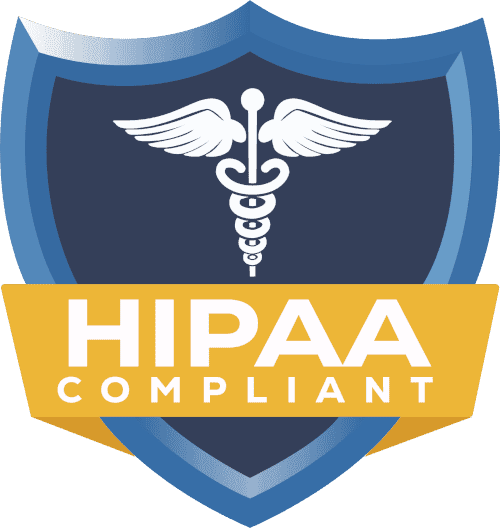Common CAQH Credentialing Mistakes and How to Avoid Them

Credentialing through CAQH (Council for Affordable Quality Healthcare) is a vital process for healthcare providers, ensuring they meet the requirements for insurance participation and patient care. However, CAQH credentialing mistakes can lead to delays in provider approvals, reimbursement issues, and administrative burdens for healthcare organizations.
In this blog, we’ll explore the most common CAQH credentialing mistakes and provide practical solutions to avoid them.
1. Incomplete or Outdated CAQH Profiles
Why It’s a Problem
An incomplete or outdated CAQH profile can result in credentialing delays, rejected applications, and insurance claim denials. Many providers forget to update their information regularly, which can create gaps in their credentials.
Common Causes
- Missing work history details or gaps in employment.
- Expired licenses, certifications, or malpractice insurance.
- Failure to update contact information, such as phone numbers and addresses.
- Not attesting to the profile every 120 days, which is a CAQH requirement.
How to Avoid This Mistake
✅ Review and update your CAQH profile every 90 days to ensure compliance.
📅 Set calendar reminders to update your license, certifications, and insurance information before they expire.
🔔 Use CAQH ProView notifications to stay informed about missing or outdated information.
✔️ Double-check all sections before attestation to avoid incomplete entries.
2. Missing or Incorrect Supporting Documents
Why It’s a Problem
CAQH requires primary source verification, meaning all credentials must be backed by supporting documents. Missing or incorrect documentation leads to verification delays and rejections from insurance companies.
Common Causes of
- Uploading expired documents.
- Submitting incorrect or blurry files that are unreadable.
- Missing malpractice insurance proof or liability coverage.
- Forgetting to provide board certification or medical license copies.
How to Avoid This Mistake
📄 Ensure all documents are valid and not close to expiration before uploading.
📸 Use high-resolution scans to avoid readability issues.
📝 Maintain a checklist of required documents, including licenses, certifications, insurance proof, and employment history verification.
🔔 Regularly check the CAQH dashboard for document expiration alerts.
3. Delays in Verification Due to Inaccurate Data
Why It’s a Problem
Insurance payers rely on CAQH for accurate provider information. However, even minor discrepancies can result in delays or denials in credentialing, which, in turn, affects provider network participation and reimbursements.
Common Causes
- Mismatched names or credentials (e.g., maiden name vs. married name).
- Incorrect employment start and end dates.
- Errors in NPI (National Provider Identifier) or DEA (Drug Enforcement Administration) numbers.
- Address discrepancies between CAQH and state licensing boards.
How to Avoid This Mistake
🔍 Verify all personal and professional information before submitting.
📑 Use official documents to cross-check employment dates, licenses, and identification numbers.
⚖️ Ensure consistency across CAQH, licensing boards, and insurance provider records.
👩⚕️ Request a credentialing specialist review before submitting your application.
4. Not Attesting to the CAQH Profile on Time
Why It’s a Problem
CAQH Credentialing requires providers to attest their profiles every 120 days to keep their information valid. Failure to do so results in credentialing delays, reimbursement interruptions, and potential removal from insurance networks.
Common Causes
- Forgetting to attest due to a busy schedule.
- Assuming updates alone are enough without attestation.
- Lack of automated reminders or notifications.
How to Avoid This Mistake
⏰ Set up automated reminders every 90 days to complete attestation on time.
🔑 Log in to CAQH ProView regularly to check for pending attestations.
✅ Ensure all profile updates are followed by attestation to confirm accuracy.
👥 Assign a credentialing specialist or administrative team member to oversee CAQH compliance.
Conclusion
Credentialing through CAQH is essential for healthcare providers to secure insurance contracts, receive timely reimbursements, and maintain compliance. However, common mistakes—such as incomplete profiles, missing documents, and verification delays—can disrupt the process.
By proactively updating your CAQH profile, as well as ensuring document accuracy and attesting on time, you can avoid unnecessary delays while also streamlining the credentialing process for a hassle-free experience. Therefore, visit Credex Healthcare to manage your CAQH profile today!



















